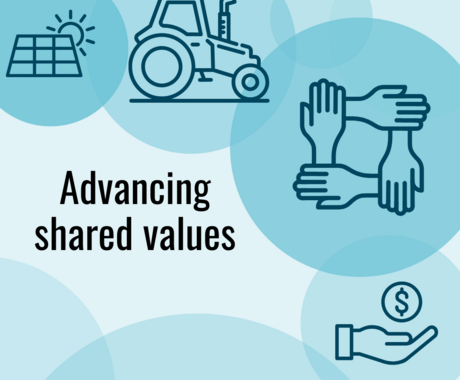Renewable energy has been powering South Dakota for more than a century. Hydroelectric generation was introduced to the state in 1912 and has been vital in the state’s energy landscape since, powering three of the state’s four largest power plants by capacity.
However in 2021, wind power surpassed hydroelectric to become the state’s leader in total electricity generation for the first time. According to the U.S. Energy Information Administration, renewable energy accounted for 82% of South Dakota’s generation last year. Of that, 52% was from wind, the second largest share in the U.S., behind Iowa.
The recent growth has been impressive, boasting nearly a 100% increase in the number of turbines installed from 2019 to 2021. South Dakota still has room to grow. According to the Office of Energy Efficiency and Renewable Energy, the state ranked ninth in most untapped wind energy potential.
While solar development is further behind, according to the Solar Energy Industries Association, the state's first utility-scale solar projects will increase solar capacity on the grid from 2 megawatts to 246 in the coming years, enough to power nearly 33,000 homes in South Dakota. Individuals can also install solar at home by talking to their energy provider and working with local solar contractors for installations.
Renewable energy expansion stands to produce several economic benefits, including additional jobs in manufacturing, installation, and maintenance, while also providing land-lease payments and increases in funds for local governments and schools. According to the American Clean Power Association, clean energy provided South Dakotans $28.7 million in state and local taxes and $20.6 million in lease payments to farmers, ranchers, and other private landowners in 2022.
As more renewable energy resources are developed, rural South Dakotans can look forward to the economic benefits they bring to the state.




